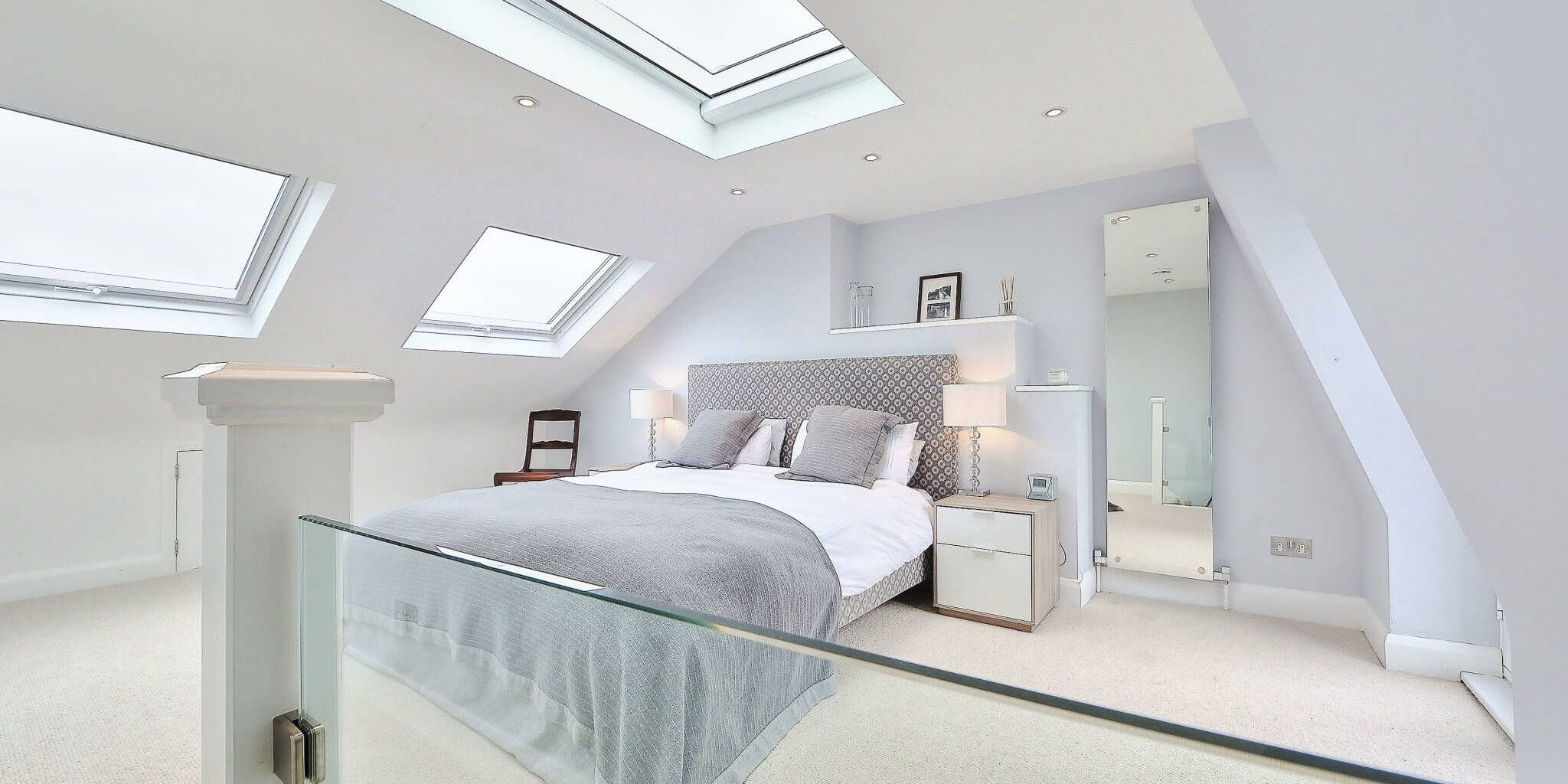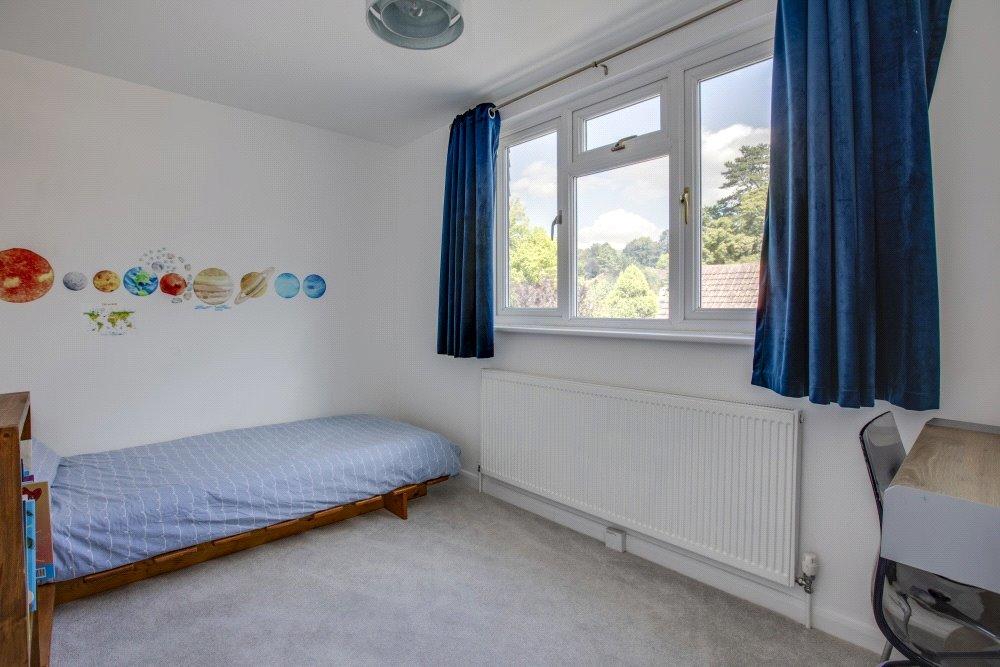

Loft conversions are a popular choice among homeowners because they can be relatively inexpensive and non-intrusive. So will a loft conversion increase the value of my property? In short: yes!

Congratulations! You've found the perfect Datchet loft for your conversion. Now, you're probably wondering: is this loft suitable for a conversion? Is there enough space for all of the materials needed for conversion? How much noise will there be during the construction process? 
Loft conversions can be divided into three main types: hip-to-gable conversions, mansard conversions, and L-shaped. Hip-to-gable conversions are when the roof is extended to create a second floor. This type of loft conversion works well if your property has a steep roof slope. Mansard conversions are when the roof slopes upwards from the center of the house to create an attic space with windows on all four sides. Mansard conversions work well in houses with low roofs that have been built with pitched roofs. L-shaped loft conversions are created by extending the existing space into an L shape by adding a further wall at right angles to the existing floor plan.
If you are thinking about doing a Datchet loft conversion, it is important to consider the lighting. The lighting in your loft conversion will be an important factor in the overall design of your new home.

The positioning of windows in a Datchet loft conversion is crucial. A well-placed window can provide excellent light and ventilation. The position of a window also determines how much natural light will be able to enter your loft space, which can help you to save money on bills. There are many ways to position your windows in a loft conversion, but the most popular places are under the eaves and near the ceiling.
If you live in a terraced or semi-detached house, a loft conversion will almost certainly necessitate a 'party wall' arrangement with your immediate neighbors. This is due to the fact that most construction work requires structural adjustments to shared walls, chimneys, and roofs, which may cause damage to neighboring houses. The Party Wall Act provides a method for resolving conflicts while also protecting all parties.
• Basic rooflight conversion (Velux) Even if your attic space is limited, you may still make a room in the roof. A skylight, floor reinforcement, stairs, insulation, lighting, and heating are common features of these modifications.
• Loft conversions with dormers With a high-pitch angle roof and additional floor area, they might provide an extra room or head height. Similarly, to the standard rooflight, they have the same specifications, but with the addition of a dormer window.
• Conversion of hip-to-gable loft The hipped, slanted roof part is changed to a vertical wall in this style (gable). Given a conventional, pitched roof, this creates extra internal space, while the vertical wall provides for windows.
Building regulations are an inescapable step for any homeowner, no matter what loft conversion you do or what type of space you wish to create. These regulatory criteria are required for all living spaces and assist to ensure that your house is a safe and healthy place to live.

If you would like to discuss the ways in which a Loft Conversion could enhance your Datchet home, call us on 0208 1020 675 or email to ask us any questions.